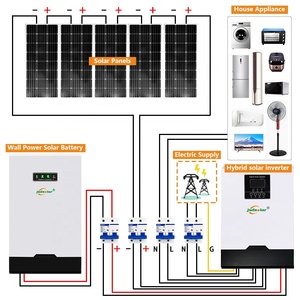Giới thiệu về 40kw năng lượng mặt trời hệ thống giá
Alibaba.com cung cấp các sản phẩm 1679 40kw năng lượng mặt trời hệ thống giá. Có rất nhiều 40kw năng lượng mặt trời hệ thống giá lựa chọn dành cho bạn, chẳng hạn như 10kw, 5kw, và 3kw. Bạn cũng có thể chọn từ lithium, lithium ion, và chì-axit 40kw năng lượng mặt trời hệ thống giá. Cũng như từ mppt, không có, và pwm 40kw năng lượng mặt trời hệ thống giá.Và bất kể 40kw năng lượng mặt trời hệ thống giá là nhà, thương mại, hay ngoài trời.















